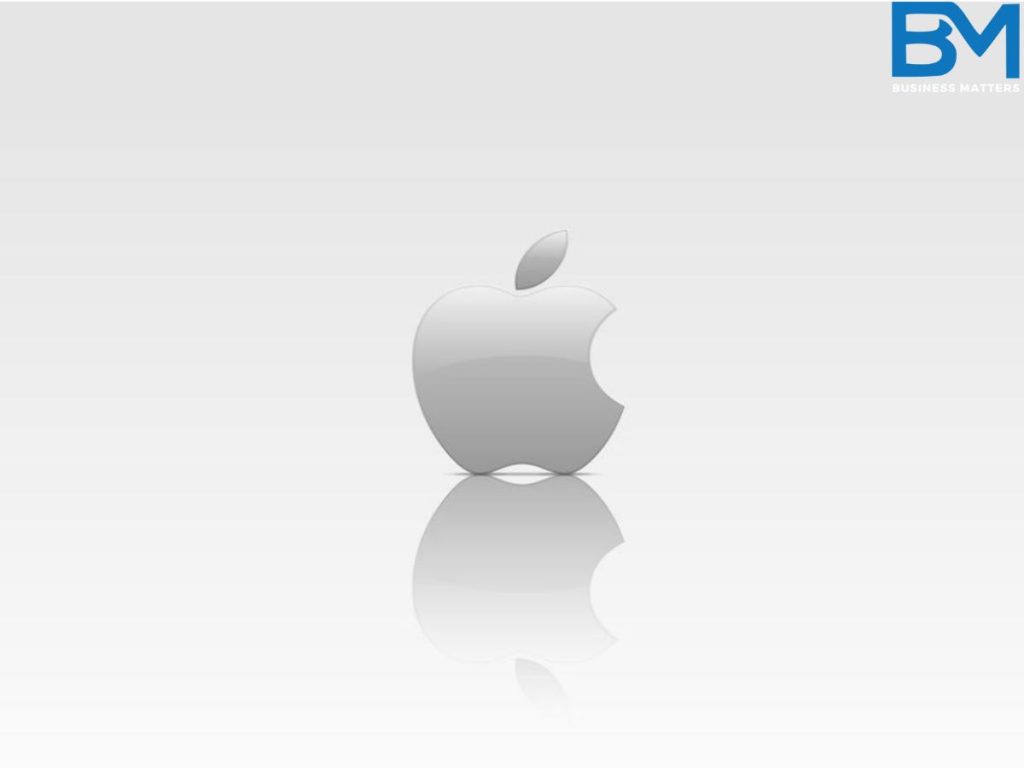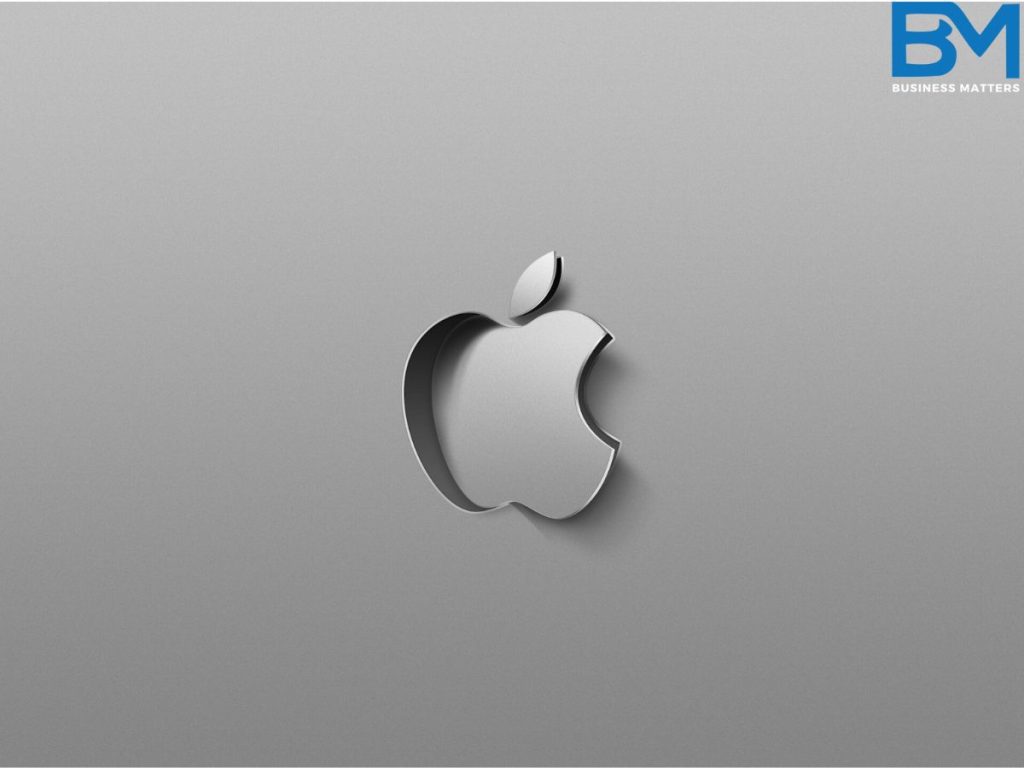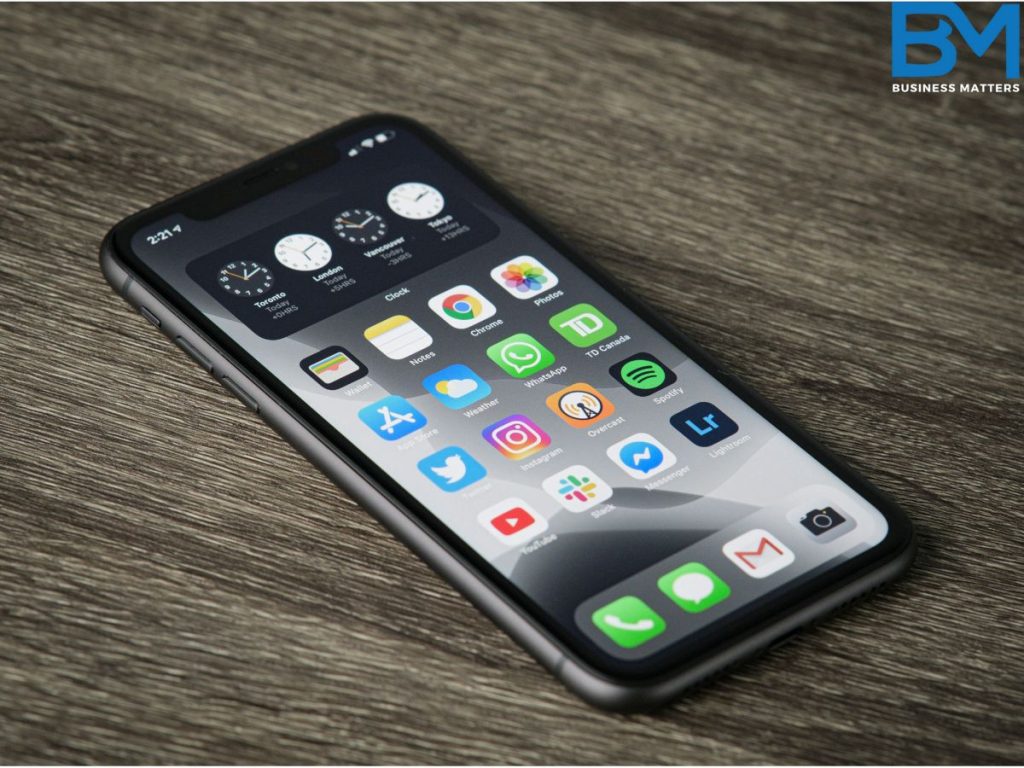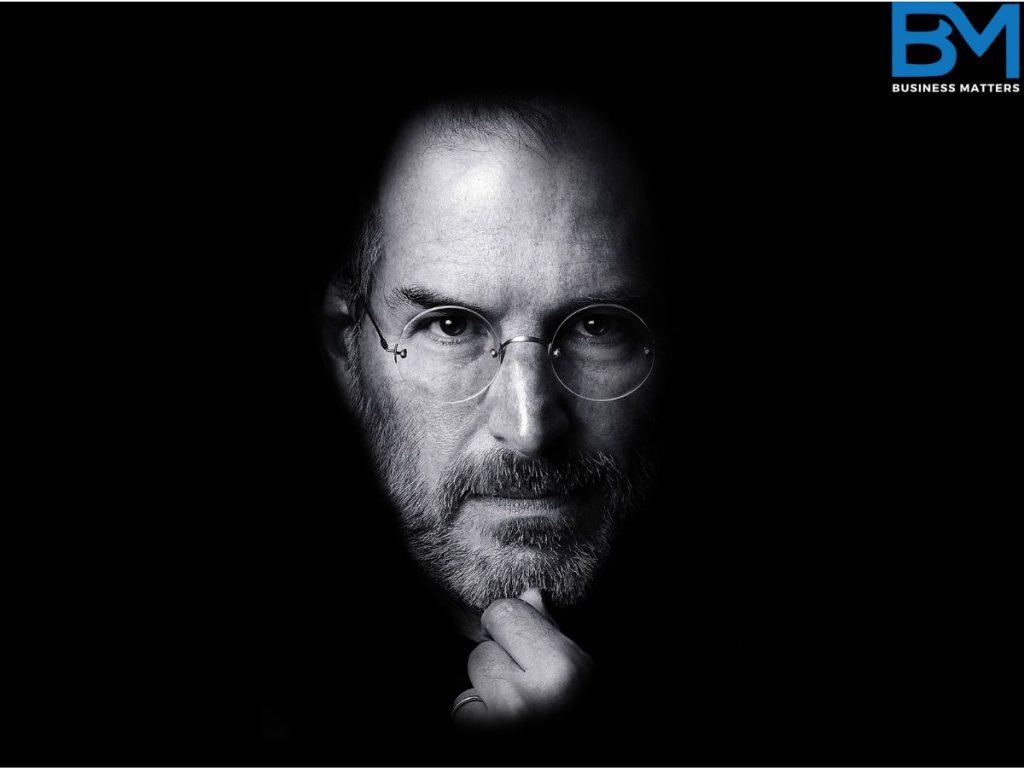Steve Jobs—a name synonymous with innovation, creativity, and the relentless pursuit of perfection. As the co-founder of Apple Inc., Jobs not only reshaped the computer industry but also left an indelible mark on how technology integrates into our daily lives. This blog explores how Steve Jobs revolutionized the computer industry, leaving a legacy that continues to inspire millions.
The Visionary Behind Apple’s Foundation
In 1976, Steve Jobs, along with Steve Wozniak and Ronald Wayne, co-founded Apple in a small garage in Los Altos, California. Their goal was simple yet ambitious: to make computers accessible to ordinary people. At the time, computers were bulky, expensive machines, confined to large corporations and academic institutions. Jobs’ vision of bringing computing power to the masses laid the groundwork for a revolution.
The Birth of the Apple I
Apple’s first product, the Apple I, was a groundbreaking machine. Designed by Wozniak and marketed by Jobs, it featured a fully assembled circuit board, making it significantly more user-friendly than competitors. Although sales were modest, the Apple I demonstrated Jobs’ ability to identify consumer needs and market innovative solutions effectively.

The Apple II: The Dawn of Personal Computing
The Apple II launched in 1977, marked a turning point in personal computing. Unlike its predecessor, the Apple II was a complete system, including a keyboard, monitor, and color graphics. It was the first computer designed with both functionality and aesthetics in mind—a hallmark of Jobs’ approach to technology.
The Apple II’s success propelled Apple into the mainstream, paving the way for the personal computer revolution. By making technology accessible and appealing, Jobs and his team redefined what computers could be.
Macintosh: Redefining User Experience
In 1984, Apple introduced the Macintosh, a computer that would forever change the way people interacted with technology. The Macintosh was the first mass-market computer to feature a graphical user interface (GUI) and a mouse, making it far more intuitive than text-based systems.
Jobs’ insistence on simplicity and user experience was evident in every aspect of the Macintosh. From its sleek design to its groundbreaking software, the Macintosh set new standards for usability and design in the tech industry. This focus on user-centric design became a cornerstone of Jobs’ philosophy and Apple’s identity.
Challenges and Resilience: Jobs’ Departure and Return
Despite his successes, Jobs faced significant challenges. In 1985, following internal conflicts, Jobs was ousted from Apple. However, his departure marked the beginning of a transformative period. During his time away, Jobs founded NeXT, a company focused on creating high-end workstations and acquired Pixar, a struggling animation studio that he turned into a powerhouse.
When Jobs returned to Apple in 1997, the company was on the brink of bankruptcy. His comeback heralded a new era of innovation and success. Jobs streamlined Apple’s product line, focusing on quality over quantity, and introduced a series of groundbreaking products that redefined entire industries.
The iMac: Simplicity Meets Style

One of Jobs’ first major successes after his return was the iMac, launched in 1998. The iMac combined cutting-edge technology with an eye-catching design, featuring a translucent, colorful shell that stood out in a sea of beige boxes. It was not just a computer; it was a statement.
The iMac’s success reinvigorated Apple, proving that technology could be both powerful and beautiful. Jobs’ emphasis on design and user experience resonated with consumers, setting Apple apart from competitors.
The iPod and iTunes: Revolutionizing Music
In 2001, Jobs unveiled the iPod, a portable music player that could store thousands of songs. Paired with the iTunes software, it offered a seamless way to purchase, organize, and enjoy music. The iPod’s sleek design and user-friendly interface made it an instant hit, transforming Apple into a leader in consumer electronics.
The iTunes Store, launched in 2003, further disrupted the music industry by offering a legal and convenient way to buy digital music. Jobs’ vision of an integrated ecosystem revolutionized how people consumed media, laying the groundwork for future innovations.
The iPhone: A Paradigm Shift

In 2007, Jobs introduced the iPhone, a device that combined a phone, an iPod, and an internet communicator into one. The iPhone’s revolutionary multi-touch interface, sleek design, and robust functionality set a new standard for smartphones.
The iPhone not only redefined mobile technology but also gave rise to the app economy, creating new opportunities for developers and businesses worldwide. With each iteration, the iPhone continued to push the boundaries of what a smartphone could do, solidifying Apple’s position as a market leader.
The iPad: Ushering in the Tablet Era
Jobs’ vision extended beyond smartphones. In 2010, Apple launched the iPad, a tablet that bridged the gap between laptops and smartphones. The iPad’s intuitive interface, portability, and versatility made it a game-changer in education, business, and entertainment.
The success of the iPad underscored Jobs’ ability to anticipate consumer needs and create products that are seamlessly integrated into their lives. It further cemented Apple’s reputation as an innovator.
The Legacy of Steve Jobs
Steve Jobs passed away in 2011, but his legacy lives on. His relentless focus on innovation, design, and user experience transformed Apple into one of the most valuable companies in the world. Jobs’ ability to think differently and challenge the status quo continues to inspire entrepreneurs and innovators across industries.
Lessons from Steve Jobs’ Revolution
- Think Different: Jobs’ iconic slogan encapsulates his approach to innovation. By challenging conventional wisdom and embracing creativity, he redefined what was possible.
- Focus on User Experience: Jobs prioritized the end-user experience, ensuring that every product was intuitive and enjoyable to use.
- Embrace Design: For Jobs, design was not just about aesthetics but also about functionality. His emphasis on simplicity and elegance set new standards in the tech industry.
- Persistence Pays Off: Jobs faced numerous setbacks but never gave up. His resilience and determination were key to his success.
- Integrate Hardware and Software: Jobs’ vision of a seamless ecosystem, where hardware and software work in harmony, was a major factor in Apple’s success.
Conclusion
Steve Jobs’ impact on the computer industry is unparalleled. From the Apple I to the iPhone, his innovations revolutionized technology and reshaped how we live and work. Jobs’ commitment to excellence, creativity, and user-centric design serves as a guiding light for future generations. As we continue to embrace new technologies, the legacy of Steve Jobs reminds us of the power of thinking differently and pursuing our passions with unwavering determination.


